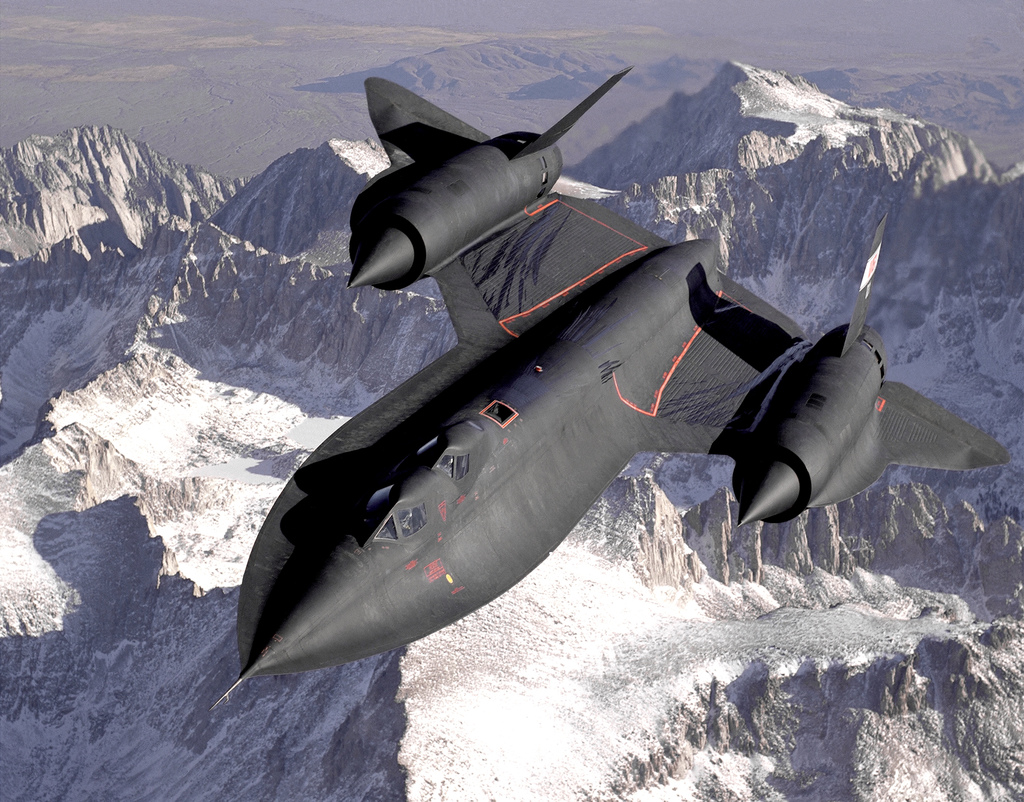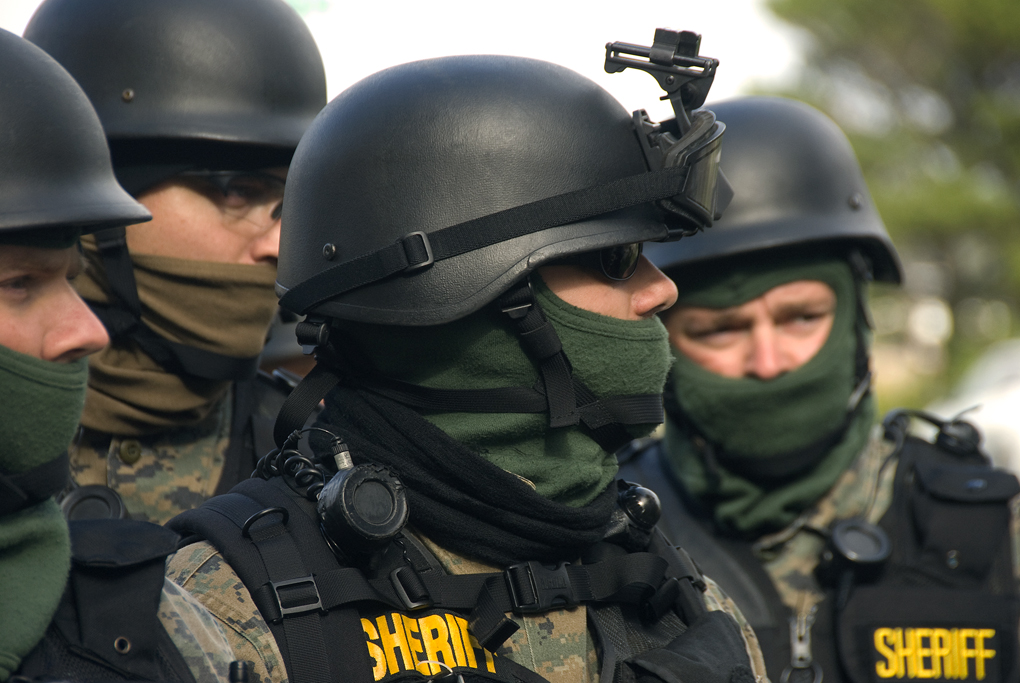By: Bert Thompson

The military-industrial complex Eisenhower feared is at it again.
Earlier this month, weapons manufacturer Lockheed Martin confirmed rumors that its Skunk Works is developing the successor plane to the famed Lockheed SR-71 Blackbird, the SR-72. Dubbed by some as “Son of the Blackbird,” the SR-72 spy plane looks to be the next great member of an unrivaled lineage of aircraft, following the iconic SR-71 and the U-2 spy plane. Skunk Works hopes to have a demonstrational model of the aircraft by 2018, a test craft by 2023, and a fully operational plane in the skies by 2030.
Each time that a new member of this family has been unveiled, the technological ante has been upped. The pride of the Central Intelligence Agency (CIA), the U-2 plane was capable of traveling at altitudes of 70,000 feet, and it had onboard photography systems that could capture pictures of headlines in newspapers as it flew over the Soviet Union (or so the CIA liked to boast). It was developed during the 1950s as a new tool for the fledgling CIA, which took advantage of the incredible new opportunities that the U-2 offered. The U-2 was a subsonic aircraft, though, and it was possible to shoot down the plane, as happened in the infamous U-2 Incident of 1960.
The Lockheed SR-71 Blackbird remains one of the most successful planes of all time. In 24 years of active service in the U.S. Air Force, the SR-71 logged about 2,800 hours of flight time and was the world’s fastest jet-propelled aircraft. It was designed to be able to fly deep into hostile territory, using its tremendous speed – Mach 3.3 maximum – and high altitude of 85,000 feet to avoid detection. Although the SR-71 was able to fly at incredible speeds and altitudes, it was not able to carry weapons systems. The SR-71 and U-2 aircraft were solely spy planes.
The SR-72 is being designed to fill the gap created when the SR-71 was taken out of service in 1990. Lockheed Martin’s Skunk Works has outlined a plane that is capable of traveling at Mach 6 (4,500 mph), nearly twice as fast as its predecessor. With speeds this fast, the SR-72 could cross any continent in roughly an hour. While mankind has not yet reached Mach 6, it has completed a successful hypersonic flight in May 2013. The SR-72 will operate at around 80,000 feet. Between its speed and altitude, it should be virtually impossible to shoot the SR-72 down.
There is a difference between the SR-72 and its heralded predecessors beyond the obvious flight capabilities: The SR-72 is designed to carry and deploy weapons.
The hope of Skunk Works is to make the SR-72 a strike-capable aircraft. The aircraft, “coupled with hypersonic missiles, could penetrate denied airspace and strike at nearly any location across a continent in less than an hour,” Lockheed Martin’s Brad Leland recently put it. If the United States was able to place one of these aircraft on an aircraft carrier, the U.S. could reasonably strike any place on the earth in roughly an hour.
So does it come as any surprise that the SR-72 will also be a drone?
What the SR-72 points to is the next step in an age-old military strategy: if an attack is swift enough, stealth does not matter.
Yes, the SR-72 will still be a spy plane similar in some ways to its predecessors; knowing the incredibly rapid advances of geospatial intelligence, the SR-72 will feature a myriad of ways for U.S. intelligence agencies to collect information. Its unparalleled speed will allow it to collect intelligence on virtually any target whenever intelligence is needed. But the SR-72 will not be a stealth aircraft like the Blackbird, as Mach 6 designs do not allow for the traditional elements of stealth, ones that make for a small radar signature. But the SR-72 will not need to hide on radar screens, as it will blow past any radar that catches it.
The SR-72 looks to be the next great weapon in the United States’ fierce armament. It, combined with several other weapons systems, represents the future of the United States military. For example, the U.S. Navy recently released the USS Zumwalt from dry dock late in October, the first of its DDG-1000 class of destroyers. By using the new Advanced Gun System, the ship will be able to launch shells at targets 63 miles away with the radar signature of a small fishing boat
Another project in the works is the Tactical Assault Light Operator Suit (TALOS) or, as some call it, the Iron Man suit. TALOS is an exo-skeleton suit and power-assisted armor, incorporating many technologies such as a built-in oxygen supply, sensors to send back vitals to headquarters, and a cooling system. No, it will not be able to fly or come standard with Tony Stark’s roguish charm, but Special Operations Forces leaders hope that it will revolutionize combat.
The future of the U.S. military looks bright. Department of Defense leaders are continuing to evolve a force of highly trained professional soldiers equipped with technologies only dreamed of by our enemies. From Iron Man suits to hypersonic aircraft, the American military-industrial complex is consistently finding new ways to keep the United States the world’s dominant military power.


